Leadership is not a right, and ‘leader’ is so much more than just a title. To be accepted as a leader there has to be trust and respect.
Group management is a fascinating dynamic. When I first started instructing and taking others into the outdoors I was in my late teens and I didn’t enjoy it at all. I wasn’t interested in looking after others or being slowed down by them. The reason behind becoming an outdoor instructor was so I could spend more time outside doing what I love doing. Oh how naive I was! I learned very quickly after battling to keep my frustration in check that when I was leading others on expedition or in the wilderness, these experiences were not about me. They were about my clients. I very quickly learned to remove my ego and to put my clients’ needs and experience at the top of my priority list. My enjoyment then came from knowing that when the going got tough I could look after a group and keep them safe and as comfortable as possible. Putting up 12 hammocks in torrential jungle rain after a long day of trekking, making fire and ensuring all my clients are fit and healthy is the biggest rush to me.
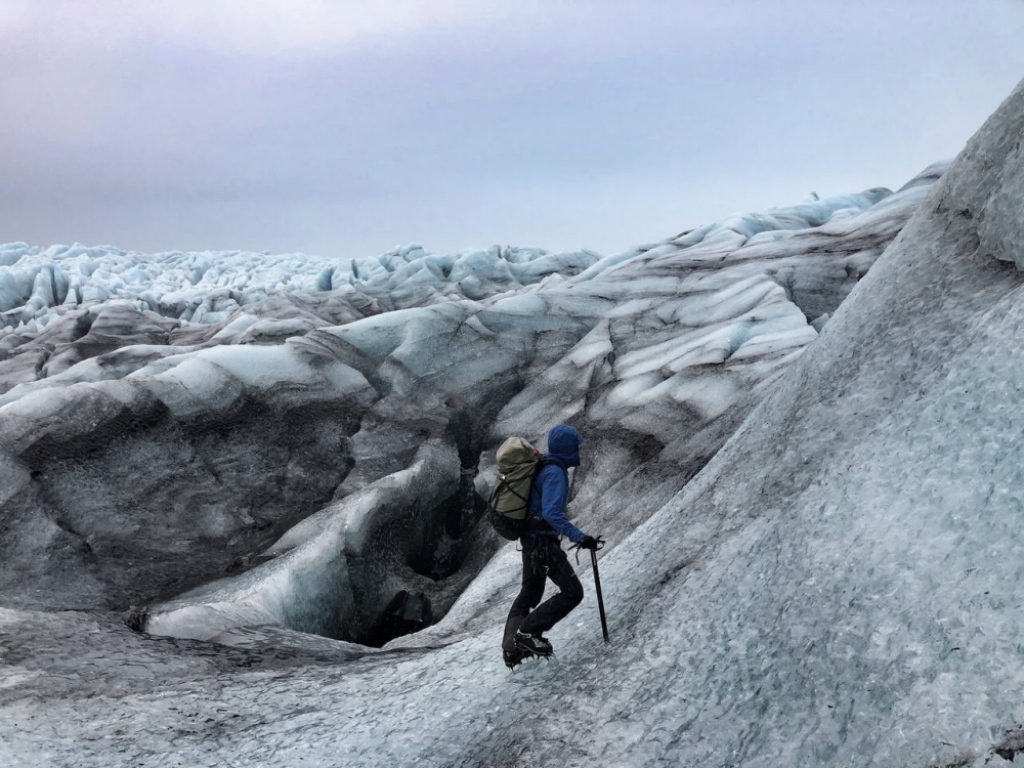
This became my challenge. Anyone can go and have a personal adventure where they push their limits, but how much more challenging it is to do this whilst providing a high level of care for a group. The other thing that hit me early on was just how incredible it is to share someone’s experience or journey of a lifetime, to see them achieve something they didn’t think was possible, and know you physically and emotionally gave them the strength to achieve this. It is the most incredible feeling sharing this with someone. There have been times where I have had abuse hurled at me. I remember leading for one US-based expedition company and a client on the way to a summit yelling at me how much she hated me. This is where keeping the ego in check and showing empathy is key, particularly when you as the leader are tired too. I knew I hadn’t signed her up for the trip, that I hadn’t forced her hand to sign the paperwork or pay her fee, but I also knew that within the hour she would be at the summit and in that moment I would temporarily become her best friend.
The other thing that hit me early on was just how incredible it is to share someone’s experience or journey of a lifetime, to see them achieve something they didn’t think was possible, and know you physically and emotionally gave them the strength to achieve this. It is the most incredible feeling sharing this with someone.
When I first started out, a way of dealing with difficult clients was to take a breath and think in my head what I would like to say, before then choosing the professional thing. Now I hardly notice. Don’t get me wrong, I do not tolerate abuse in any way, but in a high stress environment I find it is often better to take the higher ground, or address it once the immediate situation has passed. I had a troublesome male client on a three-week trip deep into the jungles of Guyana. He was accompanied by his wife who had been the one who signed them up for the trip, and who was an avid and experienced outdoors woman. They had only been married for six months and both being military, they had been deployed right after their wedding. This was the first time they had seen each other since. He was out of his comfort zone and right from the start would try to catch me out on everything from route timings to distances to weather, and spent the three weeks trying to goad me into a fight. Having clocked this right at the start, I chose to play the ‘kill with kindness’ method which is where I play a mix of ignorance and massaging the ego. It’s kind of like wearing a cushion; the silliness gets absorbed into the softness of the material, no cracks show and no ammunition is given so the desired effect is dulled and never achieved. At the end of the trip he paid me the largest tip I had ever received. I don’t have to respect people like this but I do have empathy which is key. I understood he may have had some form of mental health issue and I did not want to do anything that could destabilise him as I believed him volatile. I had also informed the company I was working for of the situation, in case I decided he was unsafe and required evacuation.
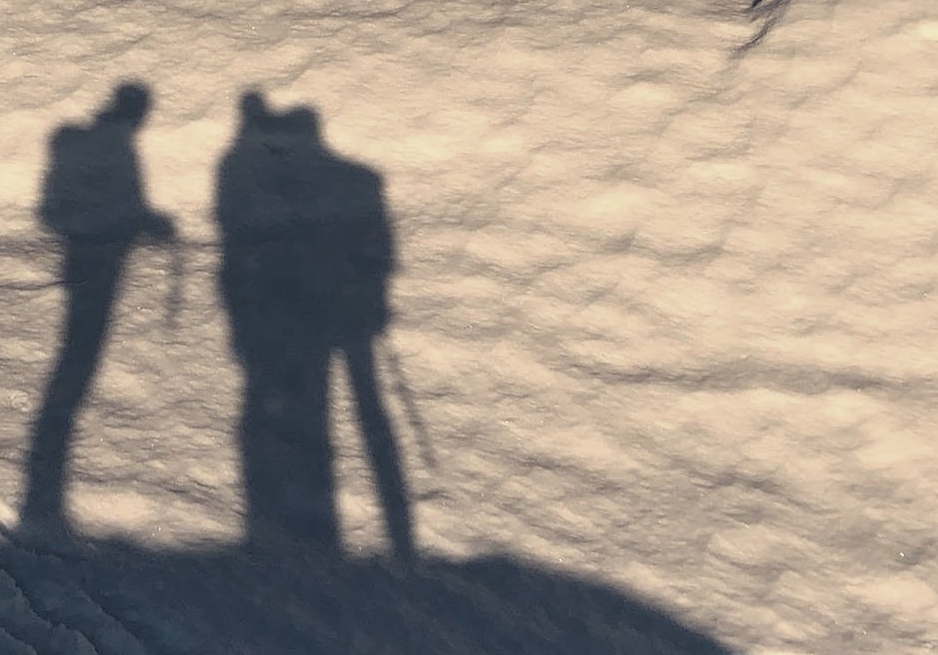
The thing with guiding or leading groups is that you often have no idea beforehand why an individual signed up for the trip. Sometimes it's simply for a love of mountaineering or wild places, other times it's because they have been through a traumatic period in their life and are discovering new things or working through a healing process. As a leader you have to be aware of this and then find a way to manage all different kinds of behaviour. Empathy is also required when working with different cultures. There are a few cultures I find much harder work with than others, where their customs and behaviour are very different to my own. Clearing their nasal cavities onto the floor of a restaurant, demanding unusual things or embarrassing and culturally insensitive behaviour whilst travelling are examples. I remind myself that their behaviour is not intentionally insulting. As peculiar as I may find some of their bodily habits, I try to see this as a fascinating study of their own culture.
Sometimes it's simply for a love of mountaineering or wild places, other times it's because they have been through a traumatic period in their life and are discovering new things or working through a healing process. As a leader you have to be aware of this and then find a way to manage all different kinds of behaviour.
For me the most important parts of group management when working in exacting environments are empathy, mutual respect, listening and adaptability. There are many leadership styles and these are developed through experience and trial and error. However, these are the traits I believe aid group management when working in extreme environments.
As humans we all want to be taken seriously and our clients are no different; they are people, not just a pay cheque, and they have put their lives into our hands. You don’t have to like them but if you can build a mutual respect it becomes easier to build an environment where they trust your decisions, and where you can trust them to do what you ask of them.
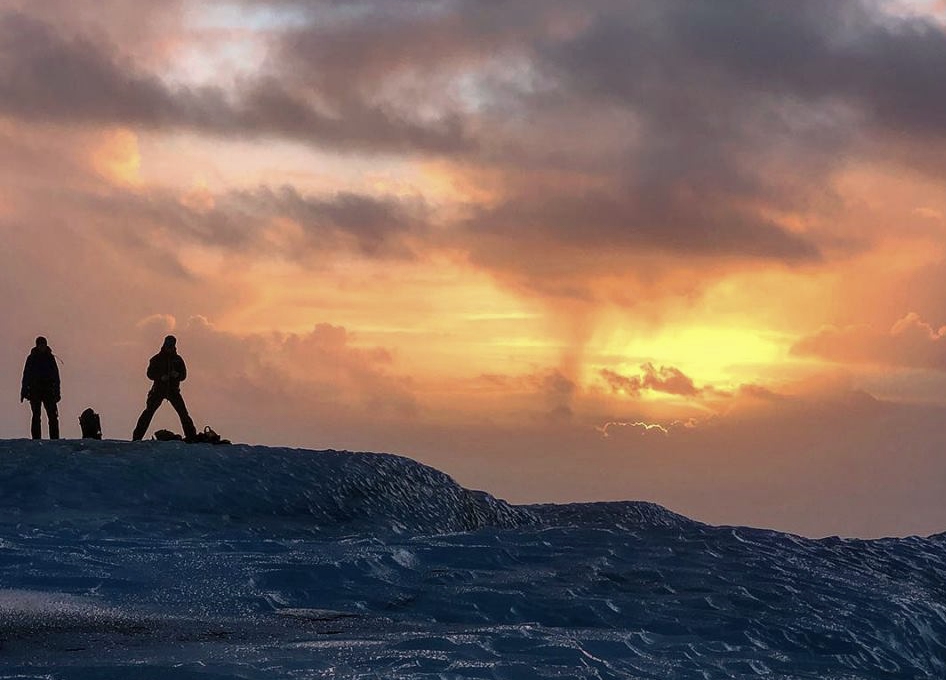
Listening is key - not just with the ears, but also reading a client’s body language. Any guides who work at high altitude will most likely have experienced clients trying to hide symptoms of altitude sickness. When someone has paid a lot of money or committed to their trip of a lifetime, they want to succeed and so they may attempt to hide symptoms. Learning how to read someone’s body language minimises the chance of that person putting themselves or the team at risk should they become incapacitated.
Adaptability is important. With more and more people travelling it is quite usual to have individuals in your group from different backgrounds, experience and cultures. As a guide or leader, to get the most out of your clients it is helpful if your leadership style can be fluid. Some people like a more direct approach, others like to figure it out themselves and some just want to be left alone. Being able to tailor your leadership to meet all eventualities whilst maintaining final say in all aspects of expedition life takes practice.
Listening is key - not just with the ears, but also reading a client’s body language. Any guides who work at high altitude will most likely have experienced clients trying to hide symptoms of altitude sickness. When someone has paid a lot of money or committed to their trip of a lifetime, they want to succeed and so they may attempt to hide symptoms.
My career started with youth and adult expeditions and through my own private guiding company is now mostly looking after film crews or high profile clients in often pretty extreme environments. The method of guiding is different when working with film crews. With clients they are there for an experience; with film crews they are there to do a job. I need to be aware of what each member of the crew requires whilst still meeting the duty of care I have for them. I may have a cameraman who has no or little outdoor experience who needs to be lowered off a cliff, or to ride on the skid of a helicopter. I am not always allocated time to carry out a full training session or give them the same emotional support I would if I were putting a guided client into a similar situation.
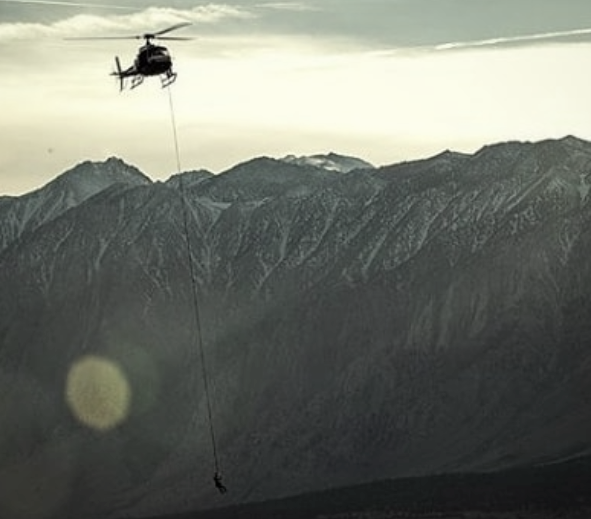
When we are filming I also can’t easily talk to them. Therefore I have to build up trust with them more quickly. As a result, my leadership style tends to be more direct and I use a lot more eye contact, hand gestures and reassuring smiles. I also find it important to present an external sense of calm, as stress and anxiety are emotions that spread like wild fire and which can quickly make a situation spin out of control. I use a lot of visualisation techniques beforehand. I know the movements the crew will most likely need to take and I run this through over and over in my head, helping create a plan with multiple contingencies and space for the inevitable last-minute changes.
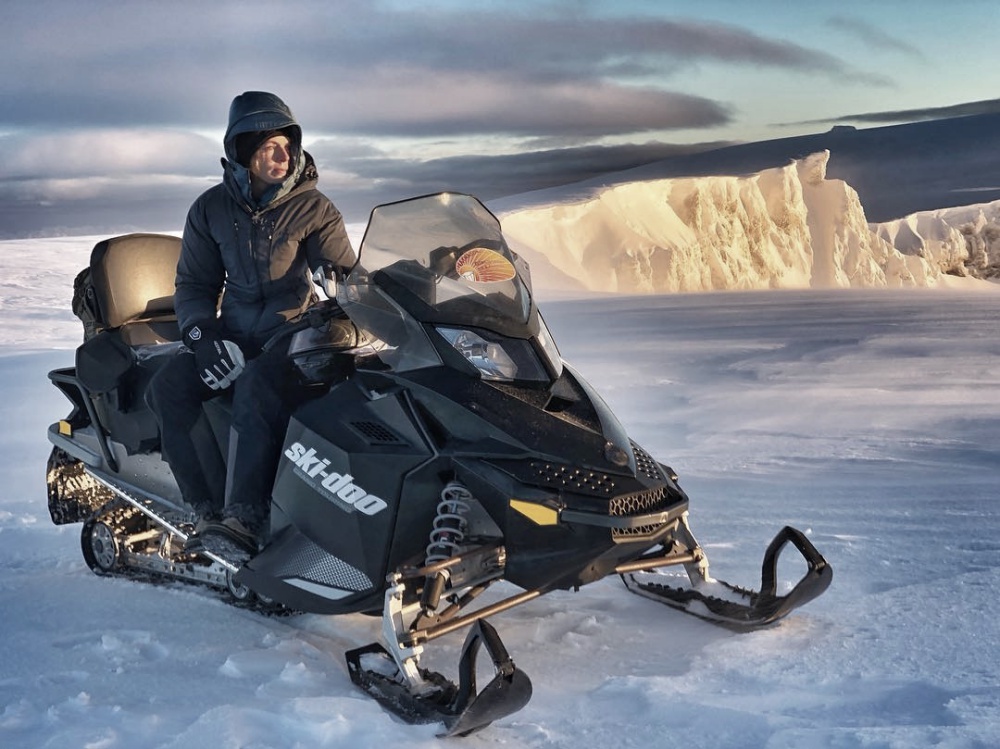
Looking back on my journey, I can see the evolution that’s taken place in my approach to leadership and hope that I keep evolving and learning into the future. It has been a process of experimentation, of making mistakes, of admitting and owning those mistakes and learning. Along the way, through leading and being led, I have realised that true leadership requires ego suppression and is often selfless. Gaining experience in my field has given me competence, and with this comes the hard-earned ability to make increasingly sound decisions. Communicated in a way which inspires confidence and trust, whilst keeping a calm head, allows these decisions to be accepted and supported, and in turn, ensures that the needs and interests of the group are served.
Megan Hine is a member of the Jöttnar Pro Team and the author of recently published ‘Mind of a Survivor’. She is an international expedition guide, climber, paraglider, adventurer and paddler and has worked behind the scenes on a wide range of television shows all over the world.
Read more about her here.
All images © Megan Hine.
